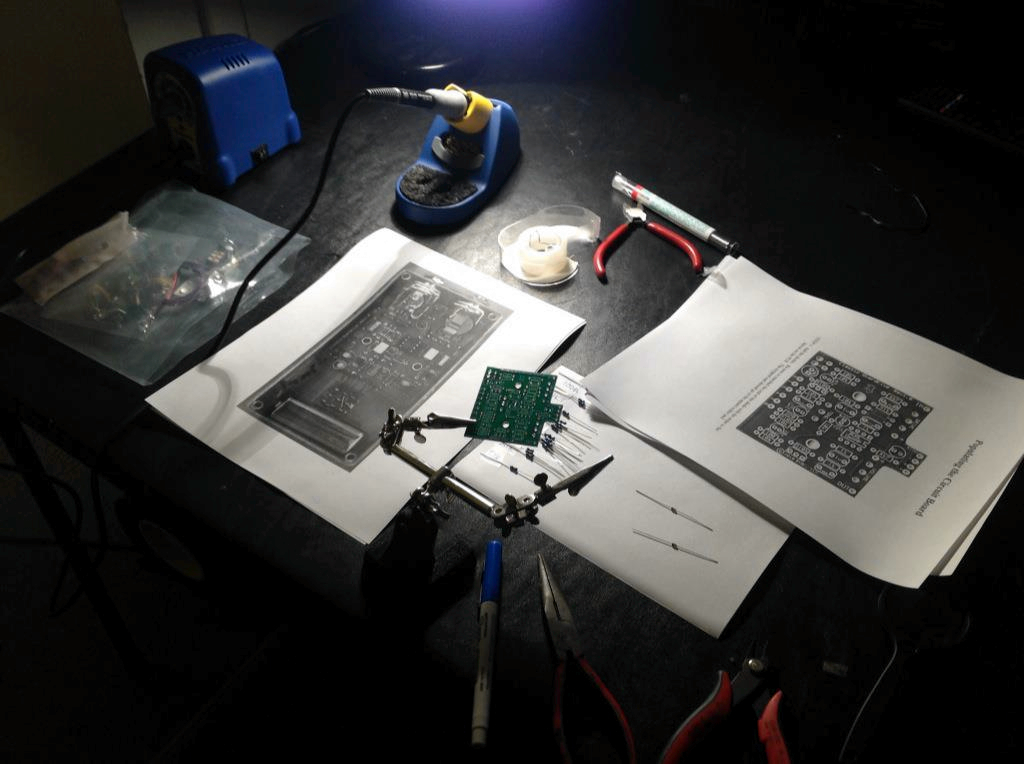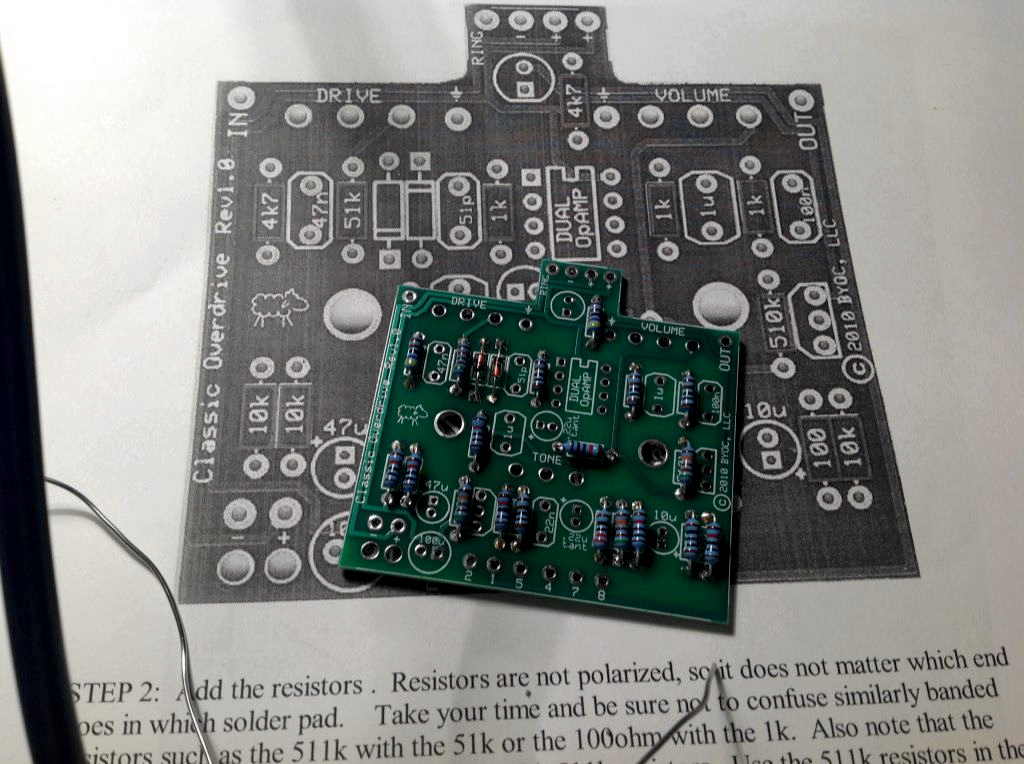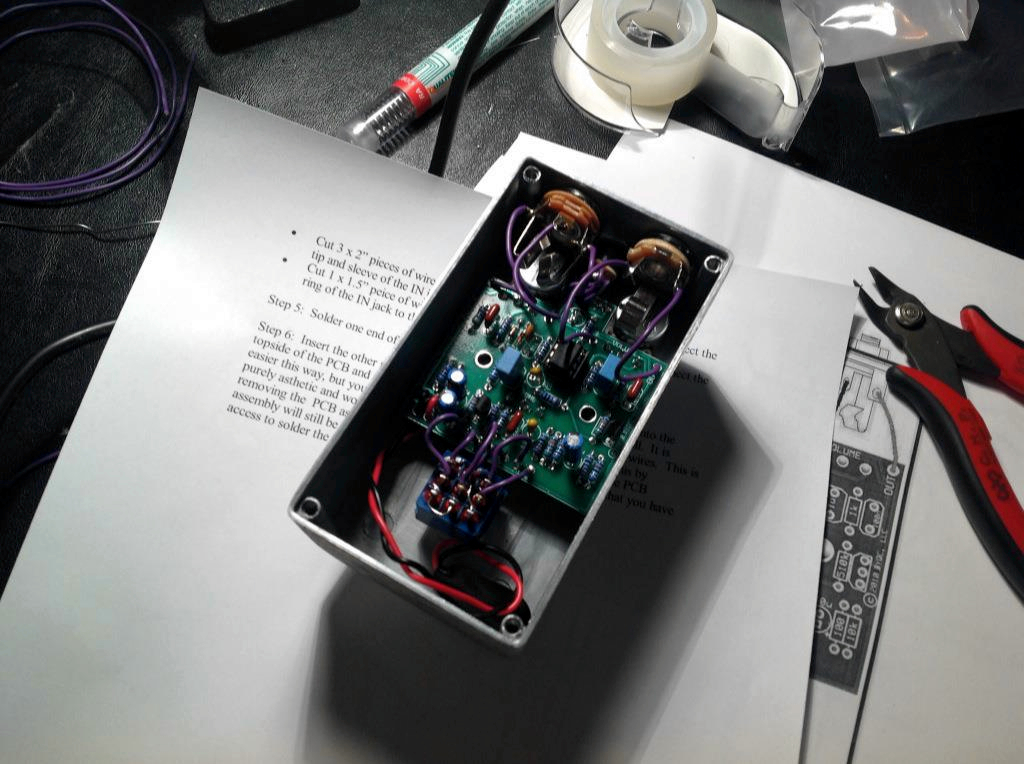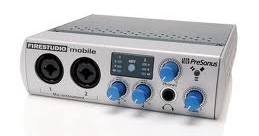You Really Can Build Your Own Clone
 I love guitar effects. Ever since I discovered that blue Teisco in my parents’ attic, I’ve been in love with altering guitar tone. Once upon a time (before I sold all my gear in the early ’00s), I had quite a collection of stomp boxes and pedals. Now that I’m rebuilding my collection, I’ve accumulated a small stash of pedals (mostly Boss units), and I’m hungry for more. But damn are they expensive!
I love guitar effects. Ever since I discovered that blue Teisco in my parents’ attic, I’ve been in love with altering guitar tone. Once upon a time (before I sold all my gear in the early ’00s), I had quite a collection of stomp boxes and pedals. Now that I’m rebuilding my collection, I’ve accumulated a small stash of pedals (mostly Boss units), and I’m hungry for more. But damn are they expensive!
One of the things that has changed since I was collecting guitar effects is the explosion of “boutique” pedals, amps, and guitars. These unique, often one-of-a-kind devices are expensive and hard to get ahold of. Most aren’t sold at Guitar Center or other musical instrument retailers. Many are handmade by a single engineer in his spare time. Musicians argue over which pedal has the most tone voodoo, but I believe they aren’t magic. They’re just like any other piece of gear, made of the same parts and circuits. Because of this belief, I decided to return to electronics and build myself a pedal in an effort to demystify the boutique gear.
Enter Build Your Own Clone. These guys lovingly produce complete kits that replicate (or “clone”) the components and circuits of popular vintage and boutique effect pedals. Each kit includes a case, PCB (printed circuit board), and all the components needed to build the effect. The instructions are detailed, and the quality is great. The best part (or maybe worst depending on your point of view) is that the case is blank and open to whatever decoration you can imagine. You end up with a high quality boutique effect pedal for one-half to one-forth the cost of a commercial unit.

So, what pedal to build first? Earlier last year, I bought an Egnater Tweaker 40 tube combo amp. It’s a beast and sounds dreamy. Its only shortcoming is that even when set to high gain mode, it doesn’t reach the levels of overdrive that cause feedback. It’s a crunchy amp, but it wasn’t designed to be a metal monster. That’s fine with me as I don’t play much metal, but having a super overdriven tone is a nice option. Since I’m still a novice at electronics, I figured the Classic Overdrive was within my skill level, would help push my Egnater into the metal zone, and at $69.99 wasn’t too expensive a risk. I wasn’t disappointed.
The Classic Overdrive is a clone of the Ibanez TS-808 Tube Screamer pedal. It’s a simple 3 knob overdrive pedal that creates a crunchy blues or hard rock tone on a clean channel. When you use it on an already overdriven channel, you get into metal territory. They were invented to help the then new solid state amps achieve the sound of an overdriven tube amp. The Tube Screamer does a fairly good job but sounds even better when paired with an actual tube amp.
Over the years, many companies (including Ibanez) have put out various clones and mutations based on the Tube Screamer circuit. Most of them are over $100 with the official TS-808HW (hand wired) pedal selling for $349! At $69.99, the BYOC pedal is an insane bargain.
This Christmas when my parents asked for gift suggestions, I requested a Hakko FX-888 soldering station. To my delight, they came through. It’s a great tool and made populating the circuit board much easier. It took me roughly 4 hours to complete the build (over the course of 2 movies on the TV.) Aside from a reversed wire to the A/C jack, it worked right out of the gate. The hardest part was getting the pots and jacks mounted just right, but if you slow down and take your time, it’s not hard at all.

How does it sound? Beautiful. I can dial in tones from slight break up when you pick hard, to bluesy hard rock crunch. When paired with my amp on a high gain setting, I can get some pretty extreme distortion and feedback. I compared it to my Boss DS-1 Distortion pedal and it’s much smoother and warmer than the DS-1.
The Classic Overdrive has simple controls: three knobs for volume, tone, and drive. The switch is “true bypass”, meaning when the effect is off, the signal is disconnected from the circuit, so there’s no chance of altering your tone. The tone knob boosts bass and cuts highs when turned counter-clockwise and the opposite when turned clockwise. The drive knob controls the gain of the pedal, pushing it into break up or distortion. The volume knob controls the overall volume of the signal so you can match it to your clean volume. With the drive set to 7 o’clock (no drive), the volume at 5 o’clock (full volume), and the tone at 12 o’clock (half way) you can get a boost on your clean channel. It’s not transparent; the pedal adds some coloration, but there’s no break up. This is a great setting for clean soloing.
My overall experience in dealing with Build Your Own Clone and the actual build process was fantastic. I’m looking forward to my next build. I think it might be a compressor to go with this overdrive unit. But first I have to decorate this pedal. Lucky for me I live with an artist!
Update:
The good folks over at PedalHaven have a great post on getting started in DIY pedals. Check it out!




